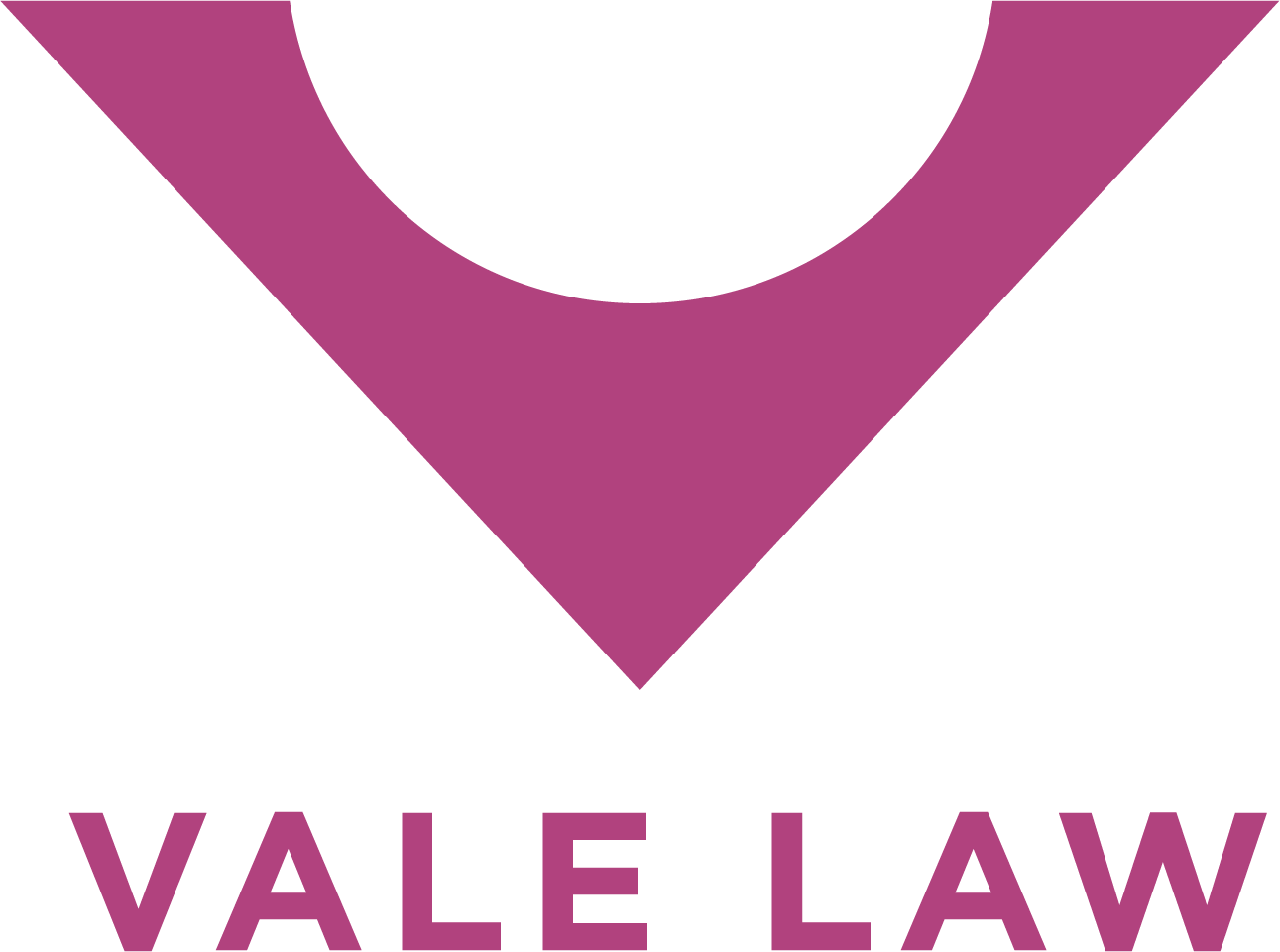Investment Basics: Material Changes
In the fund industry, service providers often work together like a well-oiled team, each one playing a key role to support the fund’s operations while protecting the interests of investors. Whether you’re a legal advisor, administrator, investment manager, or director, chances are you’ve been part of a conversation (or debate) about how to handle a material change in a regulated fund.
The truth is, everyone seems to have a different view on what constitutes a material change, when investors should be notified, and whether their consent is required. Add in different regulatory expectations across jurisdictions, and things get even murkier.
It’s a grey area, but an important one.
In this article, we’ll walk through the different approaches, the practical consequences of getting it wrong, and how Cayman-domiciled funds should think about material changes in light of guidance from the Cayman Islands Monetary Authority (CIMA).
What’s a “Material Change”? It Depends on Where You Are.
One of the biggest challenges when dealing with material changes in a fund is that there’s no universal definition. The concept is understood differently across jurisdictions, and regulators don’t always provide black-and-white guidance.
Here’s a quick look at how some key fund domiciles frame material changes:
United States (SEC-Registered Funds)
In the U.S., particularly under SEC rules for mutual funds and ETFs, the focus is on changes that would influence an investor’s decision to buy, hold, or sell a security.
Recent SEC guidance under the Tailored Shareholder Reports regime puts emphasis on clear, concise disclosure of material changes in the fund’s investment objectives, strategies, principal risks, and fees. Materiality is often linked to whether a reasonable investor would consider the change significant.
Example: A shift from a fixed income strategy to equity, or a significant increase in management fees, would typically be considered material.
United Kingdom (FCA-Regulated Funds)
In the UK, the Financial Conduct Authority (FCA) provides more structured categorisation:
- Fundamental changes (e.g., investment objective, merger, change of fund type): require prior investor approval.
- Significant changes (e.g., risk profile, fees): require notification in advance, but not consent.
- Notifiable changes (e.g., administrative updates): require post-event notification only.
This tiered system helps stakeholders align on expectations but still leaves some discretion.
British Virgin Islands (BVI)
In the BVI, especially for professional or private funds, there’s no formal categorisation of material changes. However, regulators generally expect that any change affecting the fund’s nature, structure, risk profile, or investor rights would be considered material.
There is an obligation to notify the FSC of such changes, and best practice is to inform investors if the change affects their decision to stay in the fund. The emphasis is on substance over form.
Luxembourg (CSSF-Regulated Funds)
In Luxembourg, the Commission de Surveillance du Secteur Financier (CSSF) requires UCITS and AIFs to notify the CSSF and investors of material changes. These include changes to the:
- Investment policy
- Fee structure
- Risk profile
- Service providers
In some cases, investor consent or redemption options must be offered particularly if the change negatively affects investors.
Luxembourg funds are often structured with layers of governance (e.g., ManCo, Board, depositary), so the regulatory expectation is to ensure alignment across those actors when managing material changes.
Takeaway
Across all these jurisdictions, the core idea is the same: if a change would have mattered to an investor’s decision, it’s likely material.
But the level of formality and investor protection varies, so fund sponsors and directors need to be especially careful when operating across borders, or when investors from multiple jurisdictions are involved.
Cayman Islands: Thankfully, CIMA Has Our Backs
Luckily for us, here in the Cayman Islands, we don’t have to read between the lines. CIMA has been refreshingly clear on what constitutes a material change, and what they expect from regulated funds when one happens.
In its “Funds Q&A”, CIMA outlines that any change that materially affects the information in the offering document must be filed within 21 days of the change, via email to licensing@cima.ky.
These material changes include, but aren’t limited to:
- Investment objectives and strategies
- Investment managers or advisors
- Investment risks
- Operators (e.g., directors, GP)
- Service providers
- Registered or principal office
- Change of fund name
- Change of administrator
- Creation of a Segregated Portfolio
And here’s where some funds trip up: filing isn’t optional, it’s a regulatory requirement under Section 4(8) of the Mutual Funds Act and Section 11(1) of the Private Funds Act.
Filing Mechanics
- Fee for amended Offering Document (OM or addendum): CI$100 / US$121.95 include proof of payment with the submission.
- Updated Mutual Fund Form (MF1/2/2A/3/4): Not needed for the initial registration, but if two or more material changes are made after registration, you must submit an updated MF form (also via email).
- Fee for updated form: CI$300 / US$365.85.
This level of specificity helps all of us, fund operators, service providers, and investors, stay on the same page. It also reinforces the importance of drafting clear offering documents and keeping those documents current, not just for compliance’s sake, but for maintaining trust with investors.
Do You Have to Tell Your Investors? It Depends.
This is where things get tricky. The truth is, there’s no universal rule on when investors must be notified of a material change, or when their consent is required.
The standard approach is to circle back to the fund’s offering documents, where you’ll (hopefully) find language along the lines of:
“Investors will be notified of any material changes that may adversely affect their interests and may be offered the opportunity to redeem prior to the change becoming effective.”
However, some funds go further, requiring investor approval for certain fundamental changes, like altering the investment objective or modifying the fee structure.
Other offering documents may remain silent, which is exactly why getting the drafting right from day one is so important.
What Does CIMA Expect?
While CIMA is clear about what must be filed with them in terms of material changes, they’re noticeably less prescriptive when it comes to investor notification and consent. The Mutual Funds Act and Private Funds Act don’t provide specific rules about when or how investors should be informed, but that doesn’t mean it’s a free-for-all.
Instead, the regulatory expectation is guided by a combination of:
- Disclosure standards in the offering documents
- General principles of fair treatment of investors
- Industry best practices (often shaped by administrators, auditors, and legal counsel)
So, what’s considered Best Practices in the Cayman Islands
- Notify your investors of any material change, especially if it affects their rights, risk exposure, or redemption terms.
- If a change is adverse or impactful (e.g., a fee increase, strategy shift, or new lock-up), provide advance notice and offer a redemption window.
- If your documents are silent, consider what a reasonable investor would expect, and err on the side of transparency.
- For fundamental changes (like altering investment objectives or converting to a master-feeder structure), investor consent may be advisable, even if not explicitly required.
CIMA’s regulatory framework gives some flexibility, but that flexibility comes with responsibility: to act in the best interest of investors, and to ensure the fund remains compliant with its own governing documents.
Here’s how CIMA phrases it in the Funds Q&A:
“It is expected that the fund’s governing documents, including the offering document, clearly set out the procedures for notifying investors of material changes. Where there is a material change that adversely affects investors, the operator should consider whether investor approval or redemption opportunities are appropriate.”
So, while there’s no one-size-fits-all checklist for “must-tell” scenarios, there is a regulatory expectation that fund operators behave prudently, fairly, and transparently, ensuring investors are never left in the dark.
What If the Investor Doesn’t Consent?
Here’s where things can get delicate. If a material change is significant enough to warrant investor consent, or if the fund documents require it, and an investor doesn’t agree, the standard industry approach is to offer that investor the opportunity to redeem before the change becomes effective.
This avoids forcing new terms on someone who invested under a different set of expectations. In practice, it’s often framed as a “consent or redeem” option, particularly for changes to the investment strategy, fee structure, or liquidity terms. It’s not just about fairness, it’s also about mitigating legal and reputational risk for the fund and its operators.
Conclusion: Good Documents Make All the Difference
Ultimately, how a fund handles material changes comes down to what’s in the documents, and what isn’t. Too often, we see offering documents or Articles that are silent or vague on the process for implementing material changes, leaving the fund exposed to investor disputes, regulatory delays, or operational uncertainty.
If you’re managing or launching a Cayman fund, getting this right from the outset is essential. Clear, well-drafted documentation doesn’t just keep you compliant, it gives you the confidence and flexibility to run your fund without second-guessing every amendment.
At Vale Law, we help fund operators and stakeholders design governance and disclosure frameworks that work, from day one, and when things change.
Let’s make the process smoother for you. We’re here to ensure your documentation is rock solid, so you can focus on what matters: running your fund.
Shelley Do Vale: shelley.vale@valelaw.ky
Santiago Mtnez-Carvajal: sc@valelaw.ky

